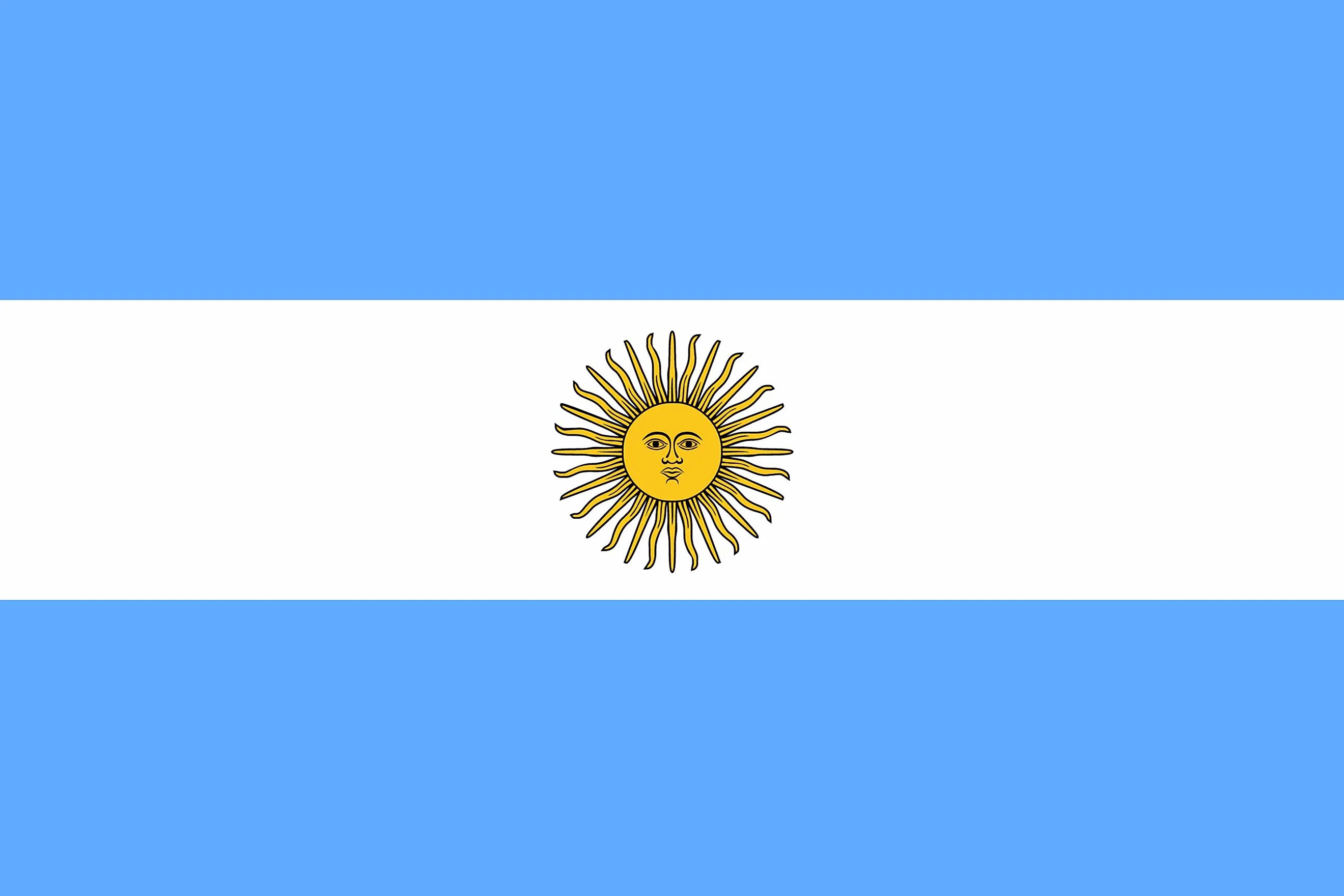
Regardless of what it is called, the American flag is one of the most recognizable symbols of any country in the world, and the inspiration for our national anthem. Perry signaled the beginning of his most famous victory, the Battle of Lake Erie, by raising this flag.The flag of the United States goes by different names - The Stars and Stripes The Red, White, and Blue Old Glory and The Star-Spangled Banner. Later that year, Commodore Oliver Hazard Perry named his new flagship USS Lawrence. Image Text: These were the dying words of Captain James Lawrence when USS Chesapeake was captured outside of Boston Harbor by HMS Shannon. The first row reads “Dont Give Up,” and the second reads “The Ship.” The flag has a navy blue background with two rows of centered white text in capitalized letters.
Flag white blue red stripes free#
Its motto became a rallying cry for the Americans, who demanded the right to free trade at sea and opposed the British practice of impressment – boarding American vessels and forcing certain American sailors to serve in the Royal Navy. Image Text: USS Chesapeake flew this flag in 1813. Image Title: Free Trade and Sailors Rights The first row reads “Free Trade.” The second row reads “And” in smaller font.

The flag has a white background and three rows of centered text in capitalized letters and blue font. Image Text: As flagship of the third Mediterranean squadron, USS Constitution took part in the Barbary War (1801 - 1805) against Tripoli, whose ships flew this ensign. The flag is made up of seven horizontal stripes alternating between red and yellow. Image (third row): Tripolitan flag circa the early 1800s. The British ships Java and Levant flew the red ensign when Constitution met and defeated them in the War of 1812. Image Text: British ships carried red, white, or blue naval ensigns according to each ship’s assigned squadron. This flag is a square and is made up of four white stripes horizontal, diagonal, and vertical on a blue field, with a red cross in the middle. A solid red flag with the current flag of Great Britain in the top left corner. Image (second row): British ensign circa 1812. Later set to music, it became our national anthem in 1931. Watching a battle in this war, Francis Scott Key wrote a poem, “The Star Spangled Banner,” about this flag. Image Text: USS Constitution flew the 15-star, 15-stripe flag in the War of 1812. The rest of the flag is divided into 15 alternating red and white stripes. A blue square in the top left corner features 15 white stars divided into three stars per row.

Image (first row): The American flag in 1812. These five flags are replicas of historic flags and ensigns (national flags flown at sea) used during the Barbary War and the War of 1812. Main Text: Ships use flags to communicate and to identify each other. A paragraph describing the flag is below each title. Each row has the corresponding flag title in all caps and bolded. The first column features images of various flags. Text and images are arranged in two columns and five rows. The rest of the panel has an off-white background with navy blue text. A light blue line separates the top banner from the rest of the panel. The second is the National Park Service arrowhead. The first is the USS Constitution Museum logo with “USS Constitution Museum” written below. Aligned in the top right corner of the banner are three small logos in a row. The text includes the title, “Flags at Sea,” aligned to the left. Layout: At the top of the sign is a blue banner with white text.

The sign is located on cement in front of a flagpole facing Dry Dock 1. The sign is attached to the flagpole and suspended in the air. Description: Low-profile wayside that is 28.5 x 38 inches.


 0 kommentar(er)
0 kommentar(er)
